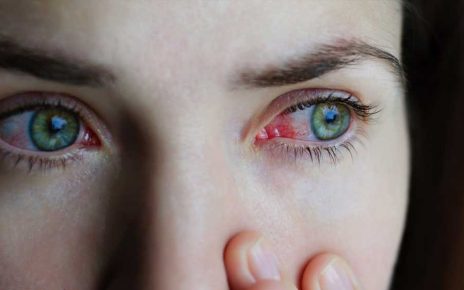(Reuters Health) – Black children are more likely than white children to be physically restrained in the emergency department, a new study suggests.
In an analysis of data from 551,740 pediatric ED visits at 11 sites in a New England healthcare network, just 532 visits (0.1%) were associated with a physical restraint order. Among these, proportions of Black and white patients were similar, but after adjustment for clinical and socioeconomic characteristics, Black children were 80% more likely to be physically restrained, according to the report published in JAMA Pediatrics.
“The main take-home from this study is that we are disproportionately using physical restraint for Black youth in the emergency department compared with white youth,” said the study’s lead author, Dr. Katherine Nash, who was a pediatric fellow in the National Clinician Scholars Program at Yale Medical School, in New Haven, Connecticut, when the research was performed.
“The answer as to why is likely complex,” said Dr. Nash, now an assistant professor of pediatrics at the Columbia University Irving Medical Center in New York City. “It’s like to be representative of structural racism that may have happened at multiple decision points along the road to the child becoming restrained, including who sent the child to the emergency department,” she noted.
“Was it the school system that didn’t have the resources to handle a child in crisis and called the police who brought the child into the emergency department with handcuffs on?” Dr. Nash said. “Was it a family that had not received preventive health services in their community and couldn’t handle an acute crisis at home? Was there bias at the level of emergency services, the police, or the provider’s healthcare system? The answer is probably a little bit of each.”
To explore racial or ethnic disparities in the use of physical restraint on pediatric patients, Dr. Nash and her colleagues conducted a cross-sectional study of visits between 2013 and 2020 by children up to age 16 at 11 different emergency departments.
The analysis focused on the 532 pediatric ED visits where physical restraint was used. Among these patients, 208 (39.1%) were Black, 200 (37.6%) were white, and 103 (19.4%) were Hispanic. Most of the children, 432 (81.2%), were aged 10 to 16, 352 (66.2%) were male, and 379 (71.2%) were publicly insured.
Among the visits, 430 (80.8%) included a child presenting with a behavioral health problem, 393 (73.9%) involved outpatient psychotropic medications, and 233 (43.8%) involved a child with a behavioral health diagnosis.
After adjusting for age, sex, language spoken, insurance, school month, behavioral health presenting problem, presence of an outpatient psychotropic medication, and history of behavioral health condition, Dr. Nash and her team found no significant difference between Hispanic (adjusted odds ratio 0.76) and white children in likelihood of being restrained. But Black children were significantly more likely (aOR 1.80) than white children to be restrained.
Male patients were more likely to be physically restrained than female patients (aOR 1.95), and patients using public insurance were more likely than those privately insured to be physically restrained (aOR, 1.28), the study also found.
“Physical restraints are a serious, traumatic and potentially harmful intervention for children seen in the Emergency Room,” said Dr. Albert Wu, a professor and interim chair of the department of health policy and management at the Johns Hopkins Bloomberg School of Public Health in Baltimore.
“Use of restraints is fortunately rare in pediatrics,” Dr. Wu said. “As might be expected, this study found that they were used more often in cases of a behavioral health condition or use of psychoactive medication. The disturbing finding was even after taking these factors into account, the odds of restraints was nearly two times higher for Black compared to white patients.”
“There is no easy explanation for why this should be,” Dr. Wu said. “Sadly, it seems to me that most obvious explanations related to interpersonal or systemic racism: health workers might perceive a heightened threat of aggression from a Black pediatric patient, or Black patients might have had worse access to mental health services prior to arriving in the ED. Regardless, this study should inspire us to assure that emergency services are delivered in a way that is both equitable and caring.”
The new study “adds to a very large literature showing non-white, non-Hispanic populations are treated differently than whites in the medical setting,” said Dr. Peter Muennig, a professor of health policy and management at Columbia University Mailman School of Public Health in New York City.
The study does have limitations, Dr. Muennig said an email. “It is a simple observational study that cannot go very far toward explaining why the observation was made because they only have secondary data to compare. We do not know, for instance about the nature of the hospitals that serve these children. Are they in predominantly black or white communities? If so, that could change the type of illnesses that they see. Are Blacks less likely to receive care? If so, then those who do make it into the hospital may be sicker. The authors try to control for some of these factors, but it is impossible to rule out these possibilities. A bigger question is whether the observed differences in restraint can be attributed to the patients’ skin color or to factors that occurred before the patient arrived at the hospital.”
SOURCE: https://bit.ly/3z7BFg8 JAMA Pediatrics, online September 13, 2021.
Source: Read Full Article



